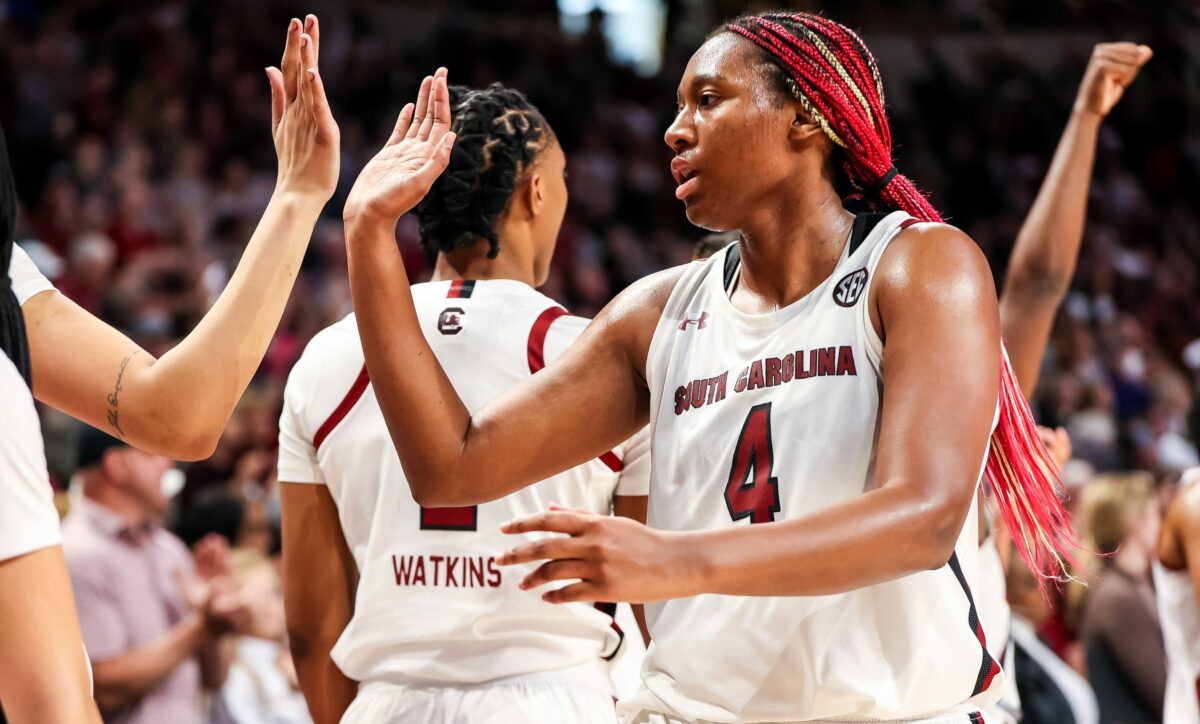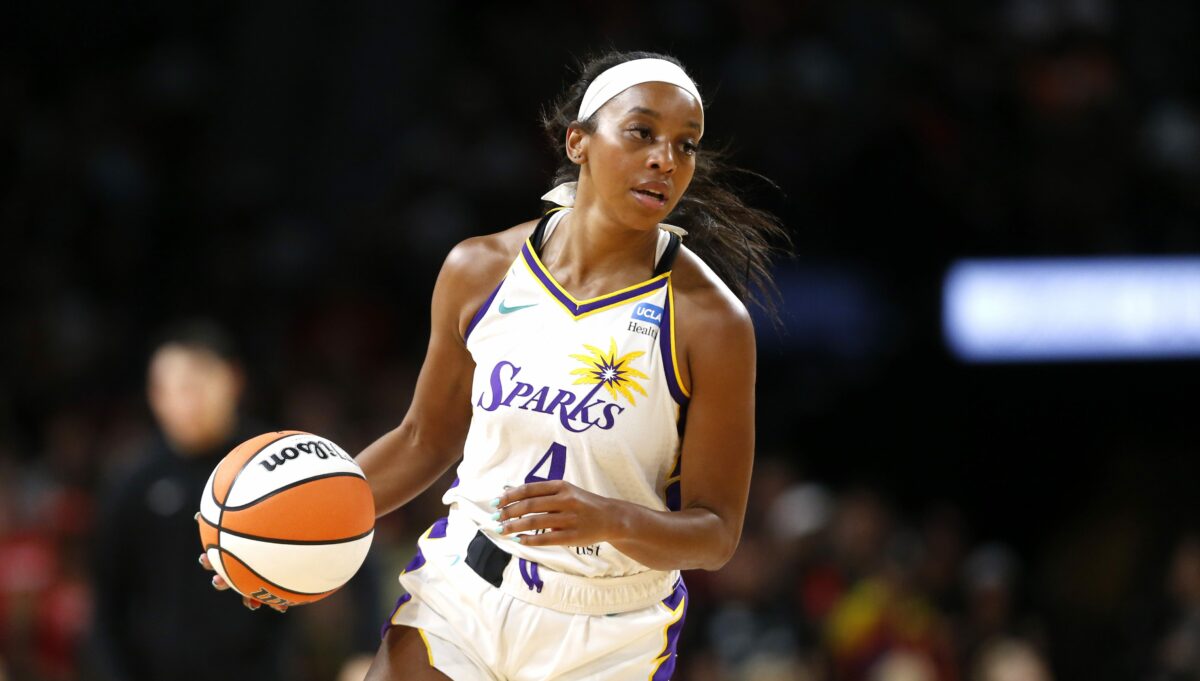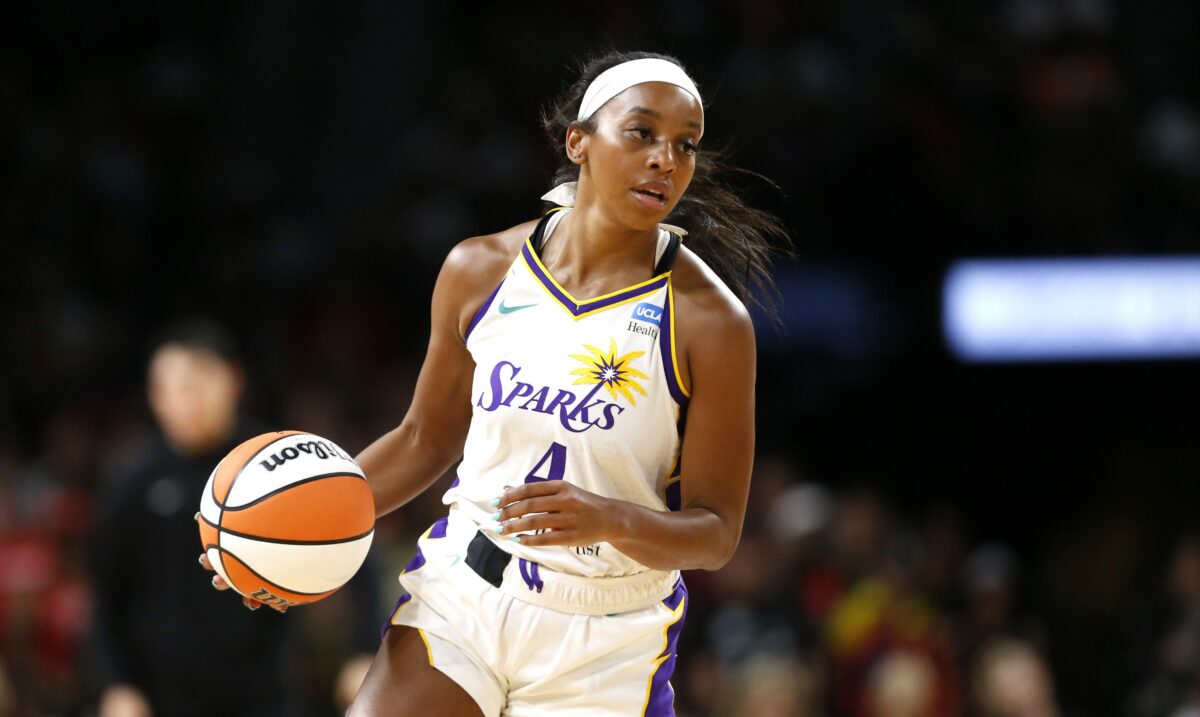Despite tremendous growth, the WNBA still faces perception and discrimination hurdles that have undercut the stories of individuality the league has tried to lean into for several years.
The WNBA’s rise in popularity is virtually interconnected with the growth of women’s sports and has been highly palpable. As young stars like Caitlin Clark and Angel Reese ascend in the college ranks and consider the WNBA as their next destination, more eyes are on the league. Naturally, that will inevitably spark conversations about representation and reliability.
On a recent episode on Gilbert Arenas’ podcast, Gil’s Arena, Arenas and current WNBA player Lexie Brown shared their thoughts on what they believe to be the challenges of connecting the bridge between young athletes to current WNBA Players. Arenas and Brown can be seen responding to previous comments made by Michael Porter Jr. about the WNBA’s pay wage gap and its athletes.
Throughout the conversation, they express who they believe the WNBA is made for, why it is or isn’t exciting and why it may be hard for girls who watch the WNBA to see themselves in the current players. (See the clip below and the 59:12 mark of the video.)
"They are harnessed by coaches and so much rides on if you win things instead of just how you play and how you carry yourself. I think once we can separate that as well, more players will be more comfortable just hooping."
Lexie Brown breaks down how player individuality would… pic.twitter.com/LeIWBmXXPq
— Gilbert Arenas (@GilsArenaShow) February 6, 2024
While their conversation speaks to a much more complicated and inaccurate perception of WNBA athletes, it reminded us of a recent interview For The Win conducted with Bethany Donaphin, the WNBA’s Head of League Operations.
We asked her what the most challenging part of her job was. Here’s what she said:
We still have headwinds. We still have barriers that we’re breaking down. We’re still a league that is full of women, women of color and representatives of the LGBTQ+ community. So, we have things that we are up against that we feel certainly capable of pushing through, and we’re seeing this league push through it right now. I think that’s really disheartening considering that there are haters and trolls and things stacked against us. But, we are persevering, and we’re seeing tremendous growth in spite of those things.
The main takeaway from our time with Donaphin was the importance of telling inclusive athlete stories in a way that serves them positively, shares their humanity with fans and provides representation for all athletes and fans who watch or want to play in the WNBA.
The foundation for doing so is there. The record viewership numbers by fans of all walks of life and the companies lining up to partner with the league reflect that. Arenas and Brown mustn’t lose sight of the progress made simply because the product is still transforming.





